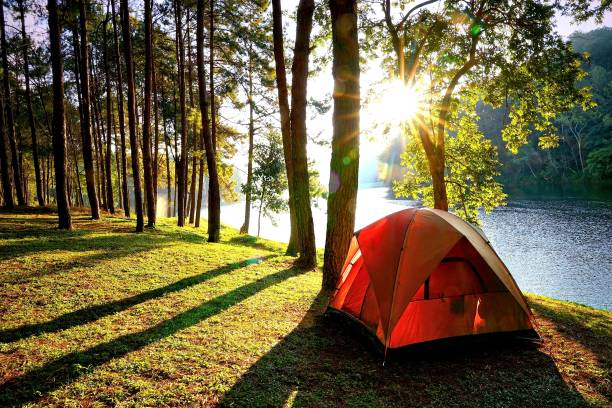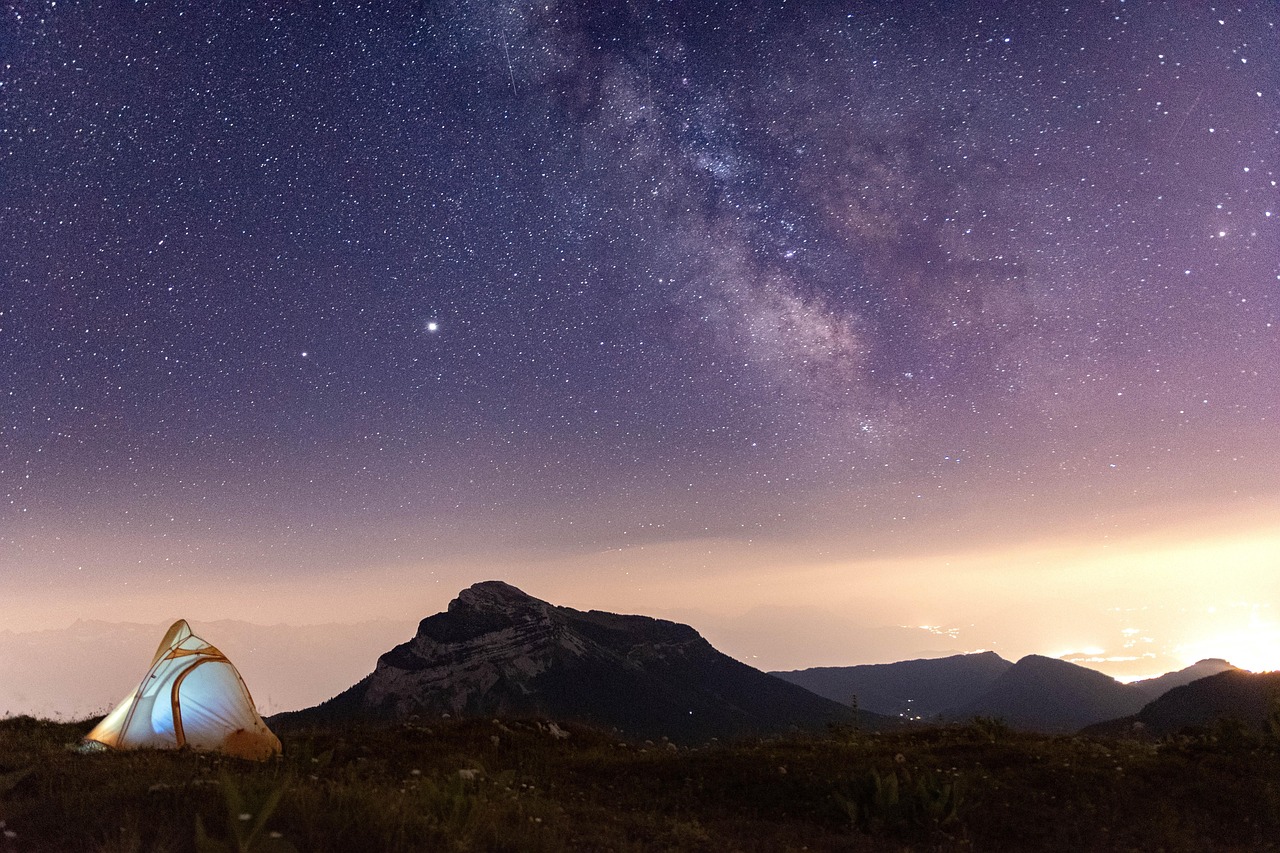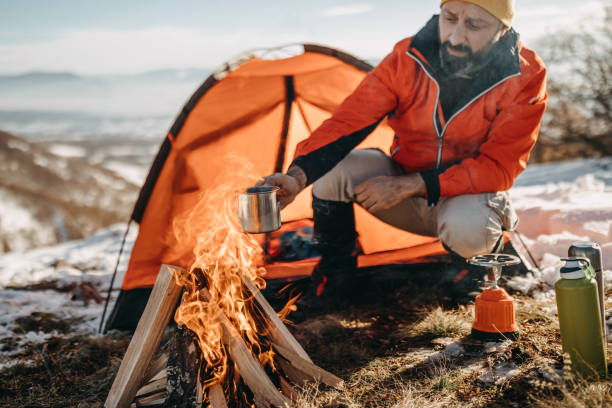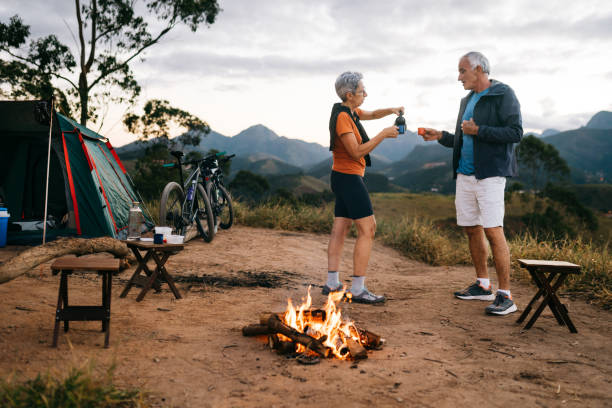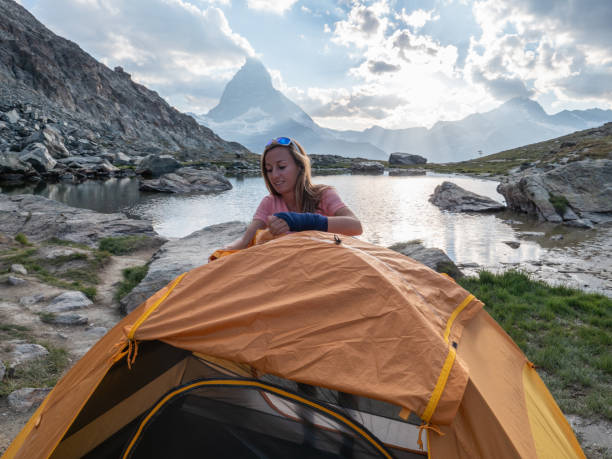Backcountry camping and hiking have this wild, magnetic pull that keeps us heading deeper into the woods, into the quiet, untamed stretches of nature where cell service drops and clarity kicks in. But if there’s one thing we’ve learned from years of tramping through the backcountry, it’s that a good tent can make or break your adventure. Rain, wind, rocky ground—you name it. A solid tent is your last line of defense and your cozy haven all in one. This is where the best backcountry camping tents come into the picture!
So we hit the trails—bikepacking, hiking, riverside trekking—with seven of the best backcountry tents out there for serious backcountry missions. Each one of these was tested on the trail, under real stars, in real weather. We pitched them, slept in them, packed them back up, and hauled them to the next camp. From ultralight shelters that practically disappear in your pack, to roomy sanctuaries that felt like a little slice of trail luxury—these are our top picks for backcountry tent camping.
Table of Contents
- Big Agnes Copper Bikepacking Tent
- Sea to Summit Telos TR2 Tent
- Big Agnes Backpacking Tent
- BISINNA 2/4 Person Camping Tent
- Clostnature Crux Tent
- Kelty Grand Backpacking Tent
- Night Cat Backpacking Tent
- Our Verdict!
- How to Choose the Best Backcountry Camping Tents
- Lightweight Without Compromise
- Weather Resistance
- Ventilation & Livability
- What is the best material for a backpacking tent?
- What tents do they use on Everest?
- What is a luxury tent called?
7
Big Agnes Copper Bikepacking Tent
We took the Big Agnes Copper Bikepacking Tent on a rugged off-road trail through the Rockies. Strapped to the handlebars of a fat-tire bike, the 12” Shortstik Poleset made it a breeze to pack and carry, even when our panniers were stuffed. Setting it up at the end of a long day in the saddle was a cinch, thanks to the TipLok Tent Buckle that secures the pole tips, tensioners, and stake-out loops in one go. Big Agnes clearly knows how to make a cyclist’s life easier.
The best backcountry tent, it itself is deceptively spacious. The 4-way high-volume hub design gave us noticeably more headroom, and we stored our helmets in the built-in elastic loops up top—genius. During a sudden late-evening downpour, the ultralight double rip-stop nylon held strong. Not a single leak, and the I-Beam Dirt Dagger stakes kept the tent planted through some serious gusts.
And the storage? That oversized ceiling pocket was perfect for keeping things off the floor. Honestly, this one’s a no-brainer for bikepackers or minimalist backpackers who like gear that works as hard as they do.
P.S. Feel free to see the official listing on the brand website for better assessment of the product.
Pros:
✅ Ultralight and compact for bikepacking
✅ Short pole segments fit perfectly on handlebars
✅ Excellent ventilation and livability inside
Cons:
❌ Pricey for budget-conscious backpackers

6
Sea to Summit Telos TR2 Tent
We first used the Sea to Summit Telos TR2 Tent on a weeklong trek through the Cascades, where weather swings are just part of the deal. What stood out right away was the Tension Ridge—it lifts the roofline up and out, giving more room where you actually need it. Headspace and shoulder space were generous, and we both could sit up comfortably without hunching.
Setup was fast, thanks to the color-coded DAC NSL pole set and Quick Connect feet. After a long day of steep climbs, that ease mattered. The FairShare system also earned bonus points—we split the load between the two of us, and when set up, those same stuff sacks turned into handy gear pockets inside the tent. Clever design all around.
We really appreciated the Hangout Mode one drizzly afternoon. With a pair of trekking poles, we converted the rainfly into a semi-open shelter and cooked under it while staying dry. Inside, the Lightbar feature was surprisingly effective. We slid our headlamp into the ceiling sack, and voilà—soft, even light across the tent. Perfect for winding down and reading maps before bed.
See the official website of the product and browse more interesting options.
Pros:
✅ High ceiling and vertical walls offer great headroom
✅ Excellent airflow with adjustable Apex Vent
✅ Converts into a semi-open hangout mode
Cons:
❌ Not the lightest option for thru-hiking
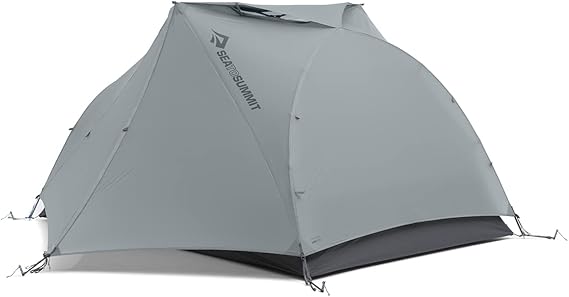
5
Big Agnes Backpacking Tent
We packed this ultralight beauty for a rim-to-rim hike in the Big Agnes Backpacking Tent. Carrying it across steep switchbacks in searing heat made us appreciate its featherweight build. Even after six nights, it never felt like dead weight. The nylon double-ripstop fabric held up perfectly, and the integrated mtnGLO lights added a cozy glow at night—no more fumbling for flashlights.
Setup was intuitive and quick, especially welcome after 12-mile days. The pre-bent span poles and high-volume hub design gave us extra elbow room, while the dual vestibules could be propped into awnings with trekking poles—instant shade and extra hangout space. We used one side for gear and the other for entry, which helped keep things clean and dry.
At the South Rim, temps dropped into the 50s; the rainfly handled condensation well. Down in the canyon, we left the fly off and slept under the mesh, staring at stars. That little gear pocket at the foot of the tent came in clutch for stashing our phones and headlamps. We’re already eyeing the two-person version for future couple treks. No doubt, one of the best backcountry tents for hunting!
Pros:
✅ Strong weather protection with quality seam sealing
✅ Color-coded poles for fast setup
✅ Lightweight yet roomy for solo use
Cons:
❌ Footprint sold separately
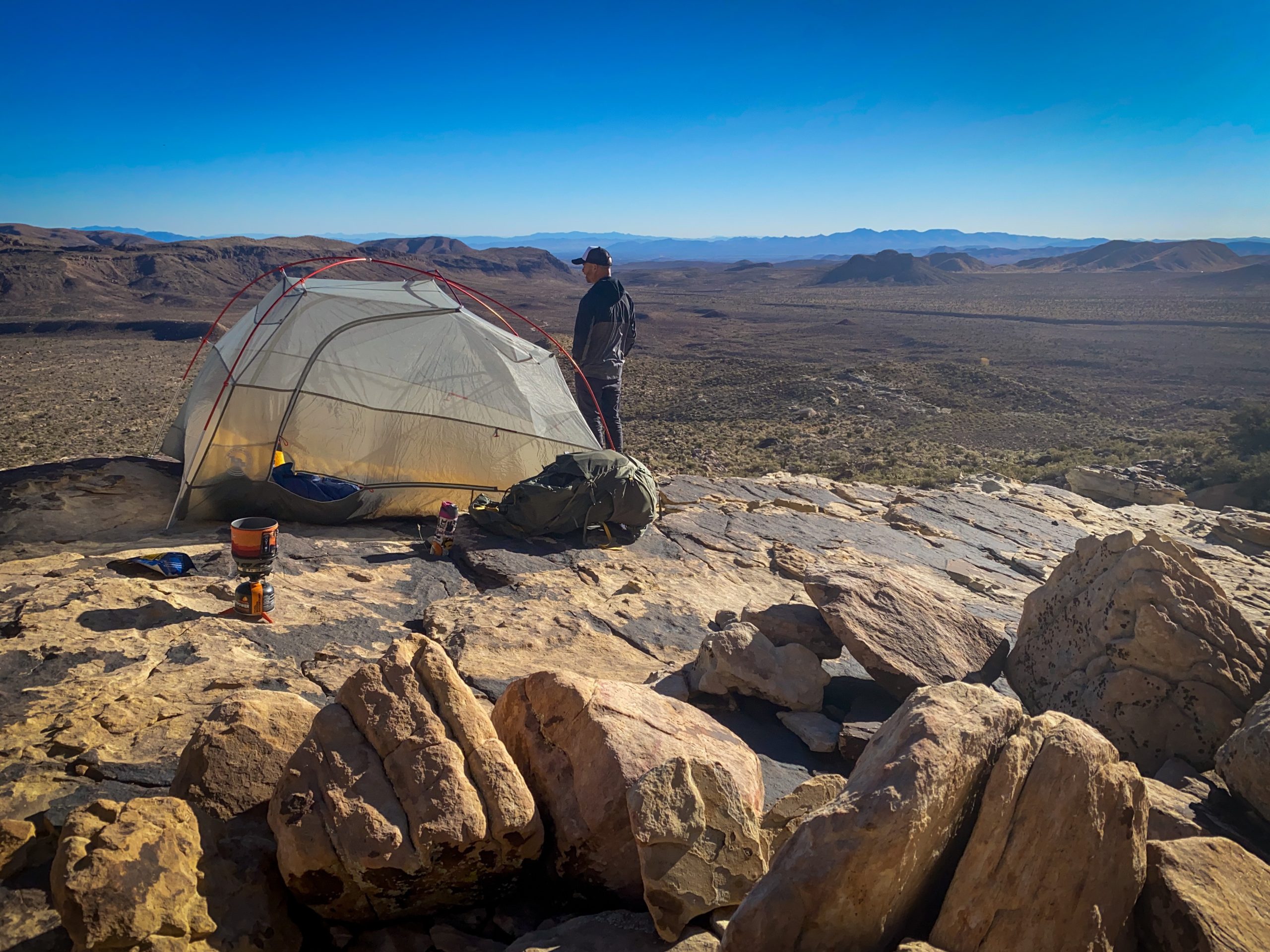
4
BISINNA 2/4 Person Camping Tent
Easiest Setup. This BISINNA 2/4 Person Camping Tent surprised us in the best way possible on a 3-day paddle-and-hike trip in the Appalachians. It’s an affordable tent, but the build doesn’t feel cheap. The PU2000mm rainfly, 190T polyester body, and lightweight 7001 space aluminum poles made it feel sturdy in some pretty decent wind and light rain. Ventilation was solid too—thanks to the big mesh panels and D-shaped dual doors.
We chose the 4-person size for extra room, even though it was just two of us. That turned out to be a great decision. We had room for our packs, dry bags, and even a small cooler inside. The lightweight backcountry tent packed down small enough to strap on top of a hiking pack or lash to the bow of the kayak—super versatile.
One morning brought steady rain, and while the tent held up, we used a trick from another camper—sprayed on extra water repellent and rigged a tarp overhead for added protection. Worked like a charm. For couples or anyone needing more interior space without a big budget, this one delivers. Setup took less than 10 minutes—even with the rainfly.
You might also be interested in The Best Tents for Car Camping Trips! Do give it a read!
Pros:
✅ Easy and quick setup with two poles
✅ Double-layer for solid rain protection
✅ Spacious enough for two adults comfortably
Cons:
❌ Not ideal for harsh winds or mountain conditions
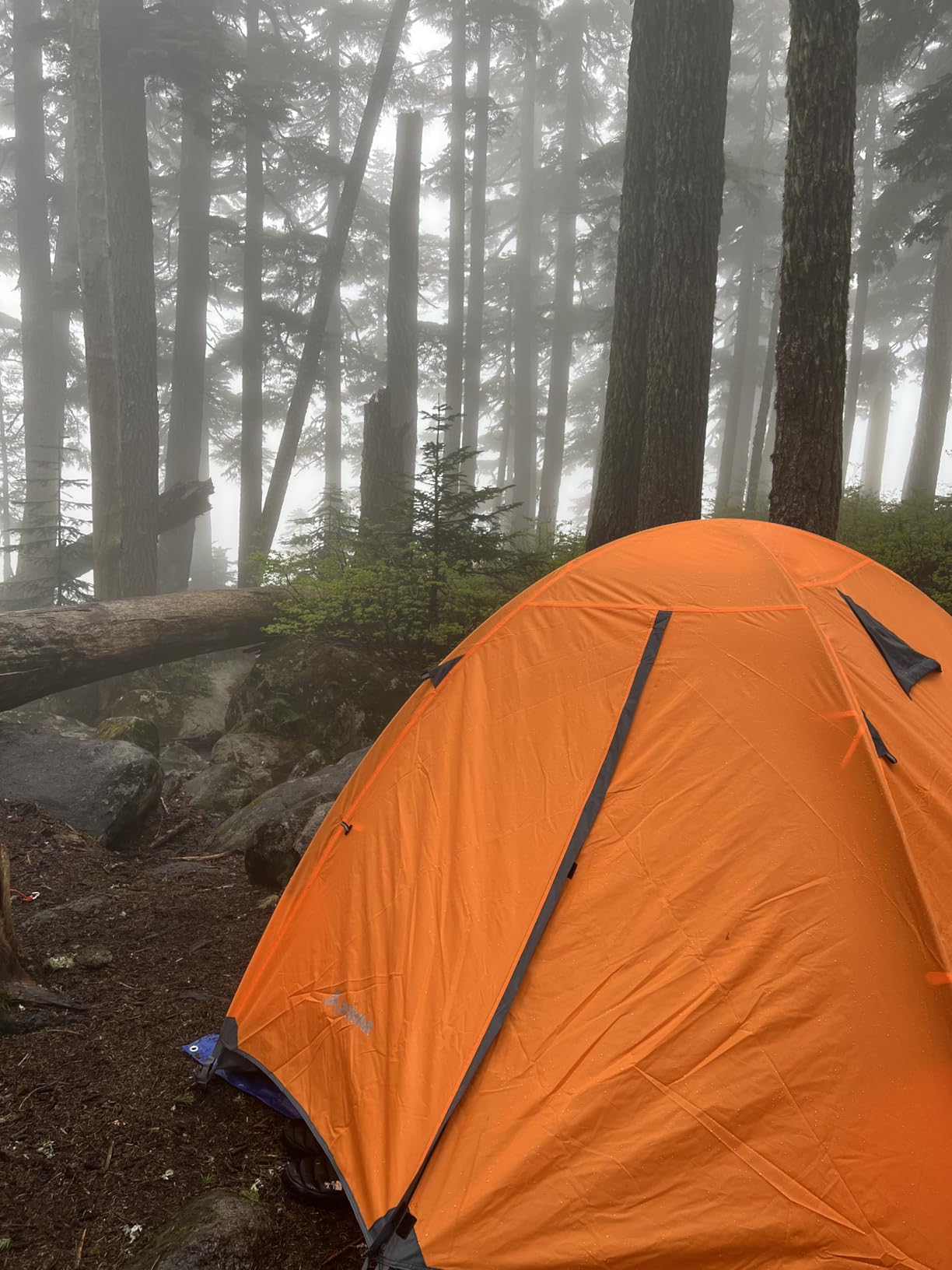
3
Clostnature Crux Tent
Best Durability. I’ve camped in all sorts of conditions, but the first time I unrolled the Clostnature Crux Tent on a cold bikepacking trip through the Cascades, I knew I’d found my go-to solo shelter. Right out of the bag, it felt like it meant business. The PU 5000-coated polyester fly and bathtub floor are no joke — this thing is built to handle real weather, and the factory-sealed seams kept every drop of rain out during a surprise overnight drizzle.
Setting it up? A breeze. I had it staked down and guyed out in under five minutes, even after a long ride. The freestanding design and aluminum poles make it solo-friendly even for a tired camper. The interior is just the right size to stretch out my sleeping pad, and there’s even enough elbow room to sit upright, which was a huge upgrade from my old bivy-style tent. Those mesh walls really help with airflow, and the vestibule — man, that vestibule! I kept my shoes, helmet, jacket, and even a small tarp tucked out of the weather while still having space to scoot in and out without stepping in the mud.
The material’s heavier than some ultralight tents, sure — it’s around 4 pounds all packed up — but it trades a few ounces for durability, warmth, and wind resistance, which is exactly what I wanted for 3- to 4-season use. I’ll gladly carry a little extra weight for peace of mind and dry gear.
Pros:
✅ Tough, waterproof material with PU 5000 coating
✅ Roomy for a solo tent — enough to sit upright
✅ Great vestibule for gear storage
Cons:
❌ Slightly heavier than true ultralight tents
2
Kelty Grand Backpacking Tent
I didn’t expect to get caught in a sideways downpour the first time I took the Kelty Grand Backpacking Tent out, but wow, did this tent earn its stripes that night. Not a drop made it inside — my gear, mat, and sleeping bag stayed bone dry thanks to the fully taped seams and bathtub floor. This tent punches way above its price point in terms of waterproofing and build quality.
Setup is a cinch. The updated Quick Corners hold the poles steady while you pitch, and I had it ready to go in under five minutes flat — solo. The color-coded clips and fly attachments make everything super intuitive. I also appreciate the Shark Mouth carry bag. Sounds funny, but it actually makes rolling and stuffing the tent back in so much easier than the usual game of fabric origami.
This backcountry hunting tent is technically for two, but realistically it’s a roomy one-person palace with just enough room for my Big Agnes mat and a backpack. The vestibule’s a nice bonus for boots or wet gear, though the zipper was a little stiff at first — a two-handed operation till it loosened up.
On a side note: Check out other interesting articles by The Life Crux and choose the best camping tents for your upcoming outdoor adventures!
Pros:
✅ Stays bone dry even in heavy downpours
✅ Super simple solo setup with Quick Corners
✅ Durable materials for long-term use
Cons:
❌ Zippers can feel stiff when new
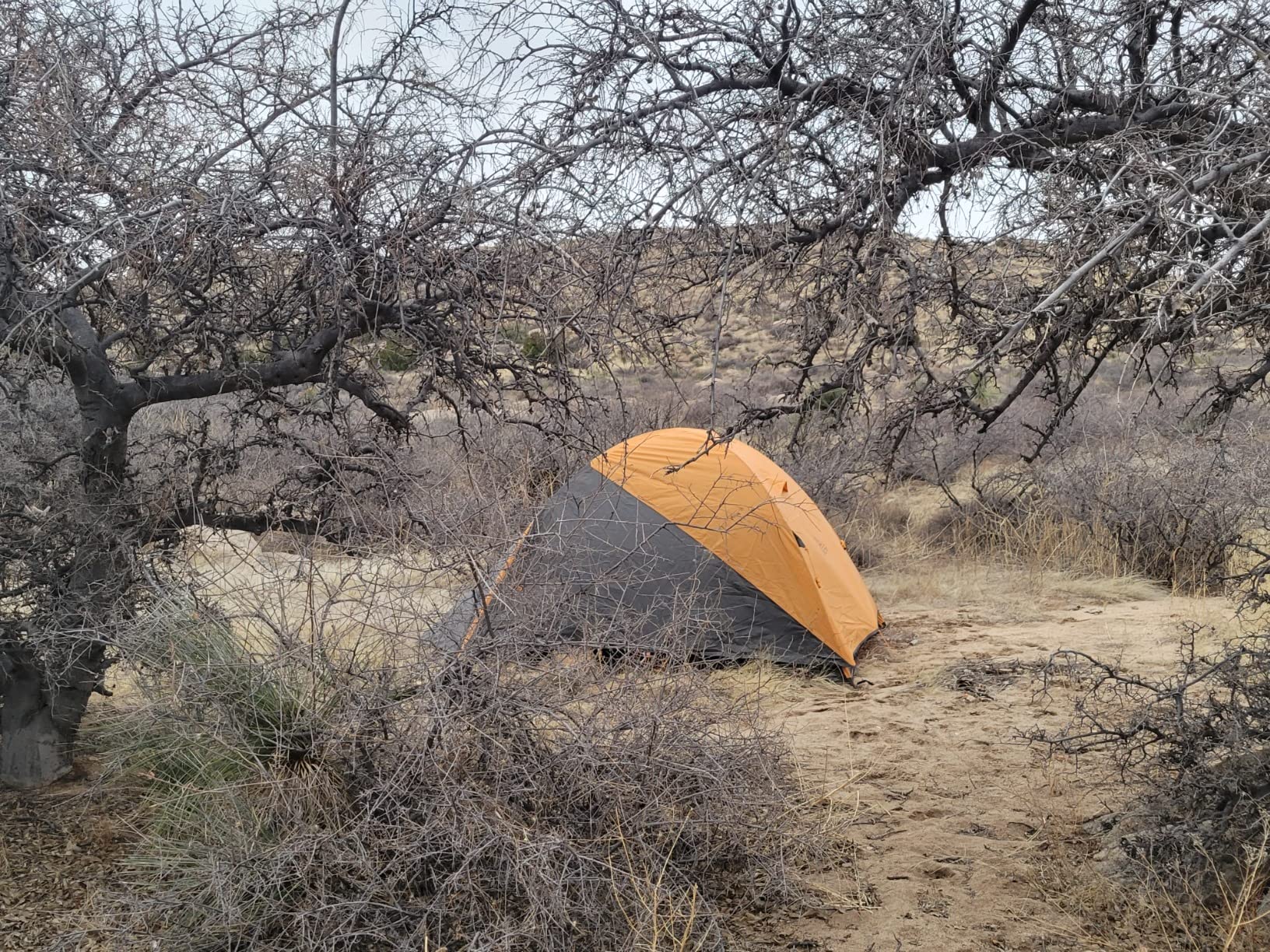
1
Night Cat Backpacking Tent
Best Overall. The Night Cat Backpacking Tent surprised me in the best way. I got it for trail races and quick weekend overnights, but this little tent quickly proved it’s more than just a budget option. First of all — setup is stupid simple. Two fiberglass poles, a few minutes, and you’re done. No instructions needed. And the upgraded pole design with protective sleeves? Genius. No more fiberglass splinters or scraped hands.
Inside, it’s cozy but smartly laid out. At 7 feet long and almost 4 feet wide, I could sleep with my pack to one side and still stretch out fully. One night I even shared it with my 9-year-old when the rain rolled in at a race — we both fit, no problem. The PU 3000mm rainfly held strong through heavy showers, and the mesh top and door let plenty of air flow through on warmer nights. Bugs stay out, fresh air stays in.
It’s not built for freezing temps — I wouldn’t take it above the snowline — but for spring to early fall, this tent gets the job done. And it’s light enough to strap to a bike or toss in a pack without feeling like a burden.
P.S. Watch this detailed review of the product by Stephen J Reid on YouTube!
Pros:
✅ Fast and foolproof 2-minute setup
✅ Good waterproofing for mild to heavy rain
✅ Very compact and lightweight for the price
Cons:
❌ Not ideal for cold or snowy conditions
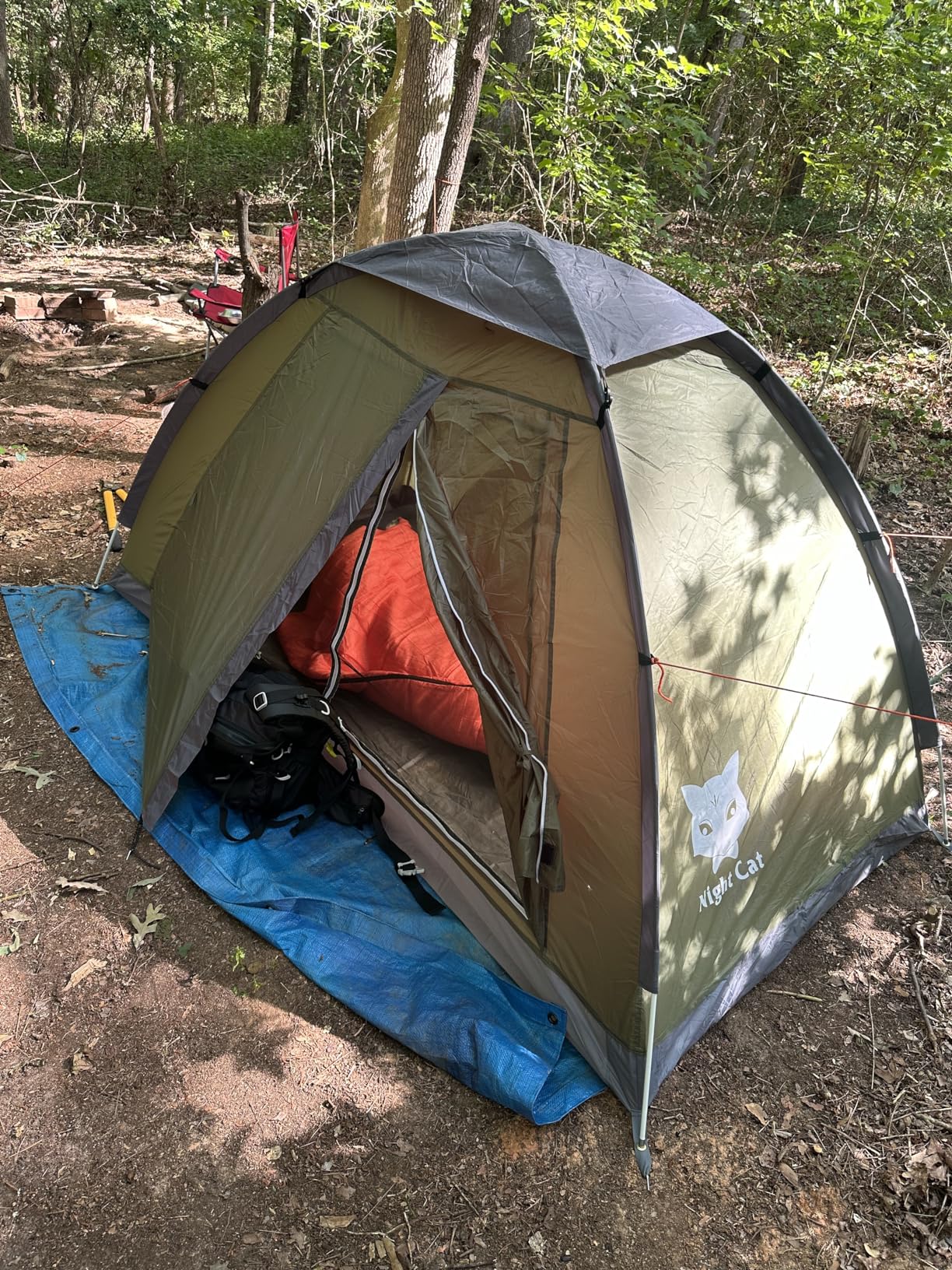
Our Verdict!
From the above roundup of the best backcountry tents for camping, we have pinned the Night Cat Backpacking Tent as the Best Overall option given its amazing performance on all fronts and the satisfactory value for money. On the other hand, we chose two important options for backcountry tent camping based on a specific feature in which they stood out. Check them out below.
- Best Durability: Clostnature Crux Tent
- Easiest Setup: BISINNA 2/4 Person Camping Tent
How to Choose the Best Backcountry Camping Tents
When you’re deep in the backcountry, your tent isn’t just a place to sleep—it’s your shelter from the elements, your home base, and sometimes your only line of defense against a midnight mountain storm. Choosing the best backcountry tents means striking a balance between protection, packability, and comfort—without weighing yourself down. Here’s what to look for:
🏕️ 1. Lightweight Without Compromise
In the backcountry, every ounce counts. Look for tents that pack down small and weigh under 4 lbs if possible, but still offer solid construction. Ultralight fabrics, aluminum poles, and minimalist designs are your best friends—just don’t go so light that you sacrifice durability or weather protection.
🌧️ 2. Weather Resistance
From sudden downpours to gusty alpine winds, best backcountry camping tents need to handle it all. Prioritize tents with a full-coverage rainfly, bathtub-style floors, and sealed seams. A higher waterproof rating (like 3000mm or above) ensures you stay dry even if Mother Nature throws a tantrum.
💨 3. Ventilation & Livability
Breathability is just as important as waterproofing. Mesh panels, adjustable vents, and double doors help keep condensation at bay while improving airflow. Bonus points if you can sit upright, stash your gear in a roomy vestibule, and still roll over without hitting the walls.
What is the best material for a backpacking tent?
The best material for a backpacking tent is silnylon—a silicone-coated nylon that’s lightweight, durable, and highly water-resistant, making it perfect for rugged trails and unpredictable weather. It’s tougher than regular nylon, sheds rain like a champ, and packs down small without adding bulk. If you’re aiming to go light without sacrificing protection, silnylon is the backcountry hero you want in your pack.
What tents do they use on Everest?
On Everest, climbers rely on high-altitude expedition tents built to withstand brutal winds, freezing temps, and heavy snow. Brands like The North Face (VE 25), Mountain Hardwear (Trango 2), and Hilleberg (Kerlon fabric tents) are popular choices at base camp and higher elevations. These tents are double-walled, low-profile, and reinforced with strong poles and guy-out systems to stay stable in extreme alpine conditions. They’re not just tents—they’re survival shelters when the mountain turns mean.
What is a luxury tent called?
A luxury tent is often called a glamping tent, short for “glamorous camping.” These upscale shelters blend the beauty of outdoor living with the comfort of home—think cozy beds, real furniture, electricity, and even private bathrooms, all under a stylish canvas roof. From safari-style lodges to geodesic domes, glamping tents are designed to deliver the wilderness experience without sacrificing modern-day luxuries.
